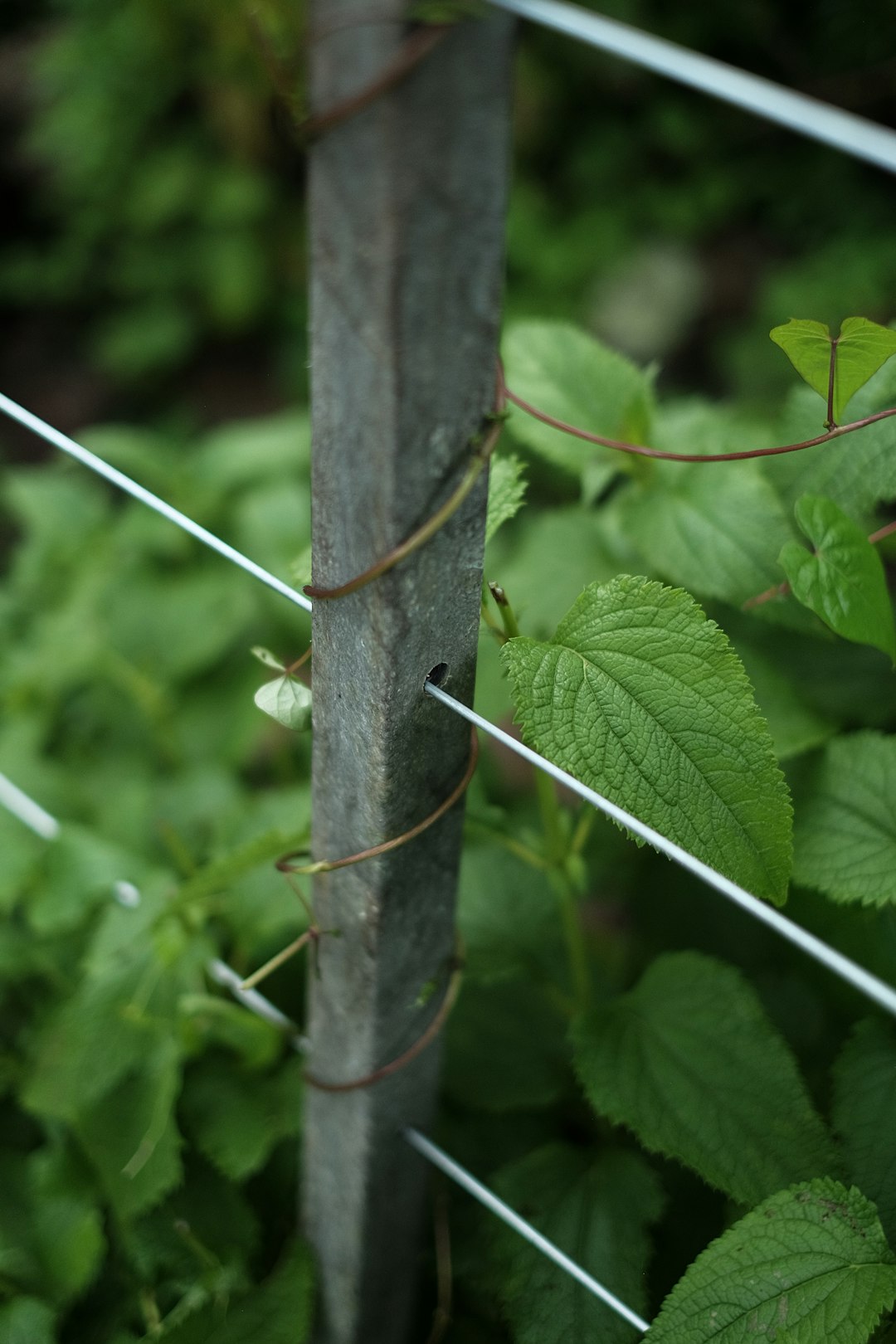Secrets to Seedling Success: Beating Damping Off and Boosting Germination

When it comes to gardening, starting seedlings is an exciting and rewarding process. However, damping off disease can quickly turn that excitement into disappointment. Damping off is a common fungal disease that affects young seedlings, causing them to wilt, collapse, and ultimately die. But fear not! With the right growing tips, you can protect your seedlings from damping off disease and boost seed germination rates.
First and foremost, it's crucial to start with high - quality seeds. Choose seeds from a reputable source to ensure they are viable and free from diseases. Before sowing, you can also perform a simple viability test by placing a few seeds on a damp paper towel and keeping them in a warm place. If most of the seeds germinate within a few days, they are likely to be good for planting.
Next, the growing medium plays a significant role in preventing damping off. Use a well - drained, sterile potting mix. Avoid using garden soil, as it may contain pathogens that can lead to damping off. You can purchase commercial potting mixes specifically designed for seedlings, or you can make your own by combining equal parts of peat moss, perlite, and vermiculite. The perlite and vermiculite help with drainage, while the peat moss retains some moisture without becoming waterlogged.
Proper watering is another key factor. Overwatering is one of the main causes of damping off. Seedlings need to be kept moist, but not soggy. Water from the bottom by placing the seed trays in a shallow tray of water and allowing the soil to soak up the moisture. This method helps prevent the foliage from getting wet, which can create a favorable environment for fungal growth. Also, use room - temperature water, as cold water can shock the seedlings and slow down their growth.
Good air circulation is essential for preventing damping off. Place your seed trays in an area with adequate ventilation. You can use a small fan on a low setting to gently move the air around the seedlings. This helps keep the foliage dry and reduces the humidity around the plants, making it less likely for fungi to thrive.
Maintaining the right temperature is also important. Different seeds have different temperature requirements for germination. Generally, most seeds germinate best in a warm environment, around 70 - 75°F (21 - 24°C). You can use a heat mat under the seed trays to provide consistent warmth. Once the seedlings have emerged, gradually reduce the temperature to a slightly cooler level to encourage strong, healthy growth.
Another natural way to protect seedlings from damping off is to use beneficial microbes. Some products contain beneficial bacteria and fungi that can help suppress the growth of harmful pathogens. You can add these products to the potting mix before sowing the seeds or as a soil drench after the seedlings have emerged.
When it comes to fertilizing seedlings, it's important not to overdo it. Young seedlings have delicate root systems and don't require a lot of nutrients initially. You can start with a diluted, balanced liquid fertilizer once the seedlings have developed their first true leaves. Follow the instructions on the fertilizer package carefully to avoid over - fertilizing, which can also lead to problems.
Lastly, keep a close eye on your seedlings. Check them regularly for any signs of damping off, such as discolored or wilted stems, or a white, fuzzy growth on the soil surface. If you notice any affected seedlings, remove them immediately to prevent the spread of the disease to the healthy ones.
In conclusion, protecting seedlings from damping off disease and boosting seed germination rates requires a combination of proper seed selection, the right growing medium, appropriate watering, good air circulation, correct temperature control, and vigilant monitoring. By following these growing tips, you can increase your chances of having a successful seedling start and enjoy a bountiful garden later in the season.